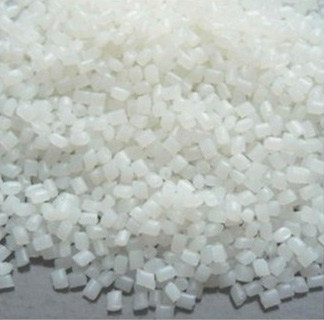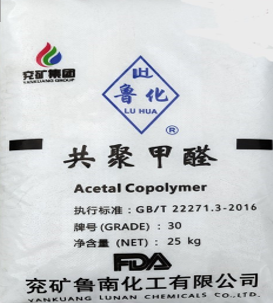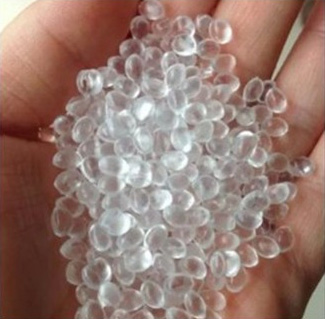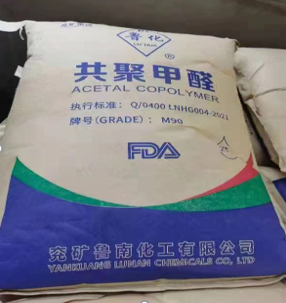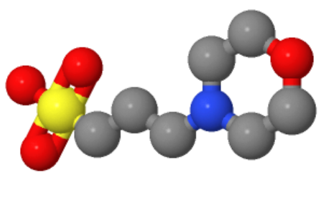
English name | 3-Morpholinopropanesulfonic acid 3-吗啉丙磺酸 |
Synonyms | MOPS;MOPS,CONCENTRATESOLUTION;MORPHOLINOPROPANESULFONICACID;TIMTEC-BBSBB009133;4-MORPHOLINEPROPANESULFONChemicalbookICACID;4-(MORPHOLINOPROPANESULFONICACID);3-MORPHOLINOPROPANESULFONICACID;3-MORPHOLINOPROPANESULPHONICACID |
CAS | 1132-61-2 |
EINECS | 214-478-5 |
Molecular formula | C7H15NO4S |
Molecular weight | 209.2 6 |
Chemical formula |  |
Content > |
|
Density | 1.3168 (rough estimate) |
Melting point | 277-282 °C |
Flashing point | 116 °C |
Solubility | H2O: 1 M at 20 °C, clear |
Solubility of water | 1000 g/L (20 ºC) |
Refractive index | 1.6370 (estimate) |
Acidity coefficient | 7.2(at 25℃) |
λmax | λ: 260 nm Amax: 0.020λ: 280 nm Amax: 0.015 |
Storage condition | room temp |
Appearance | Powder/Solid |
Colour | White |
PH | 2.5-4.0 (25℃, 1M in H2O) |
Acid-base indicator color-changing ph range | 6.5 - 7.9 |
Odor | Odorless |
Merck | 14,6265 |
BRN | 1106776 |
Stability | Stable. Incompatible with strong bases, strong oxidizing agents. |
InChIKey | DVLFYONBTKHTER-UHFFFAOYSA-N |
Vapour pressure | 0Pa at 25℃ |
LogP | -2.94 at 20℃ |
HS | 29349990 |
Use | 3-moroline propyl sulfonic acid is a biobuffer and is often used to configure RNA electrophoresis buffers. It can be used not only as a buffer system for cell culture medium, but also as a common electrophoresis buffer and protein purification chromatography buffer. |
Package | (According to user requirements) |
Dangerous mark | Xi |
Risk phrases | 36/37/38 |
Safety phrases | 26-36 |
WGK Germany | 1 |
Hazard Note |
|
RTECS | QE9104530 |
F |
|
TSCA | Yes |
Down stream product | 1, 3-propane sulfonolactone |


